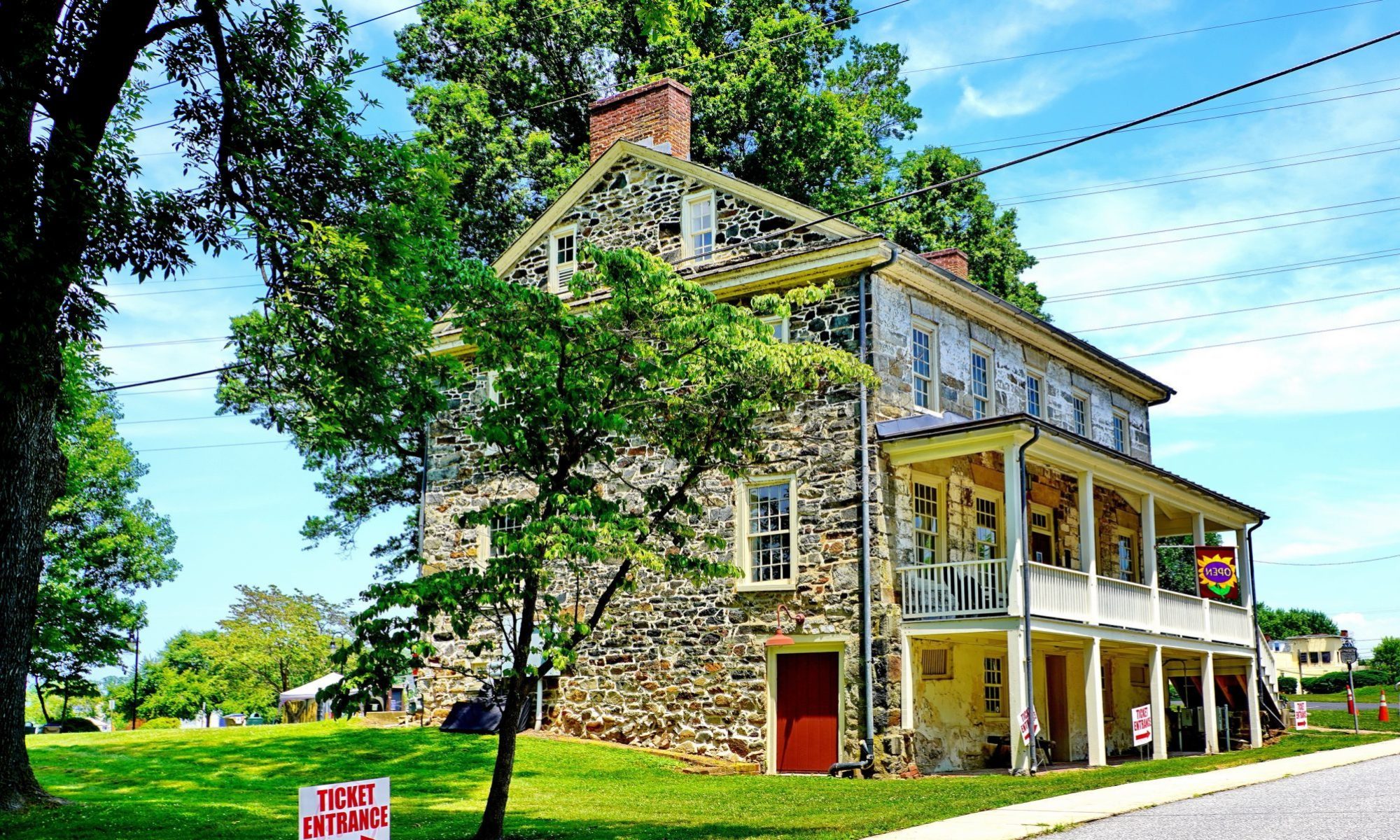The idea of celebrating a holiday for workingmen caught on slowly in the United States. But eventually, the first Monday in September became a federal holiday in 1894, although many industrial communities around the nation observed the workingman’s day much earlier. One was Port Deposit in Cecil County, which held its first Labor Day in 1891.

On that Monday in September 1891, trains brought visitors from near and far to town at an early hour, the arriving visitors noticing that many homes were decorated with American flags. Weeks earlier, McClenahan & Bro’s Quarries, B. C. Bibb & Co’s Foundry, and Armstrong & Company Foundry, along with all the manufacturing interests, had decided to give employees the day off. 1
Since all work had ceased for the day, the parade promptly stepped off at 9 a.m. Serving as chief marshal James Rice of the Stonecutters’ Union of Port Deposit, led four divisions representing the different workingmen’s societies through town:
- The Stonecutters’ Union with 75 men marching was headed the Riverside Cornet Band and a float drawn by eight horses displaying specimens of Port Deposit cut granite;
- Iron Moulder’s Union No. 211 with 75 men wearing blue badges and carrying canes.
- Iron Moulders’ of Perryville No. 210 with float and 29 men.
- Drillers and Quarrymen of Port Deposit with 300 men headed by the Rising Sun Cornet Band.
This grand procession marched through town to Happy Valley where addresses were made. James Duncan of Baltimore, president of the Federation of Labor, spoke about the need for laboring men to organize. William. J. T. Cooney of the Typographical Union No. 12 of Baltimore advised the union to look after nominees for Congress and the legislature and not to vote for men who would not legislate for laboring men. Lewis Garbie of New York addressed the audience in English and Italian, much to the delight of many in the crowd.
In the procession were a large number of colored men and the .president in his address welcomed all nationalities and colors.
After the speeches, it was time to enjoy the afternoon. Gymnastic exercises involving throwing the hammer and ball, a sack-race, running races, running high jumps, girls’ race, fat men’s racing and running broad jumps received lots of attention. Afterward, there was dancing and music, which kept up to a late hour.
After President Cleveland established the federal holiday, the day received less attention elsewhere around Cecil County.
In 1895, the Midland Journal remarked that Labor Day in the Rising Sun area was generally observed. “Those who generally labor were hard at it, and those who never labor thinking it a government order making it obligatory on them to do something useful on that day made a show of working 2.”
On Labor Day 1898 in Elkton, the Cecil Whig remarked that “. . . . So far as its observance was concerned in Elkton it might have been just plain September 5. The banks, of course, were closed, and many people did not seem to realize just why they were closed. All-day long depositors strolled up the bank steps and seemed surprised when they found the door closed. They gathered in small groups and discussed the matter, and when they were told that it was Labor Day they went away scratching their heads and trying to recall why Labor was instituted (Sept. 10, 1898).
But to the industrial workers of Port Deposit, this was an important holiday.
Also See
On Labor Day: Remembering Those Who Died While Building the Dam
Endnotes











